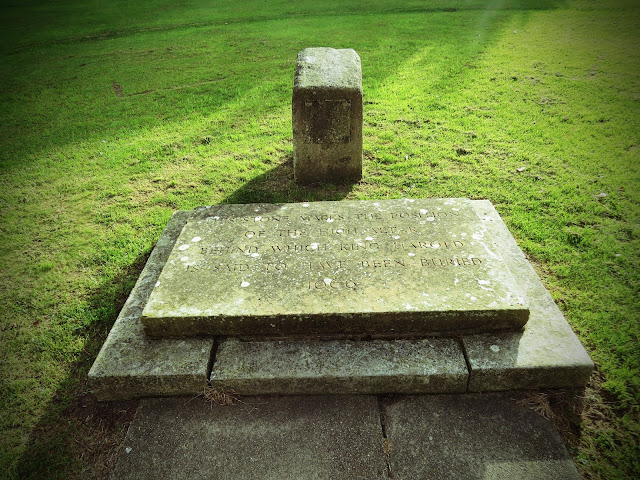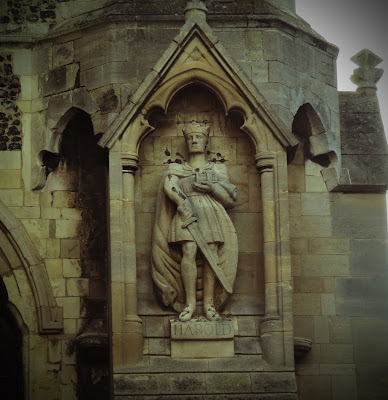'The charcoal-burner has tales to tell.
He lives in the Forest,
Alone in the Forest;
He sits in the Forest,
Alone in the Forest.
And the sun comes slanting between the trees,
And rabbits come up, and they give him good-morning,
And rabbits come up and say, "Beautiful morning"...
And the moon swings clear of the tall black trees,
And owls fly over and wish him good-night,
Quietly over to wish him good-night...
And he sits and thinks of the things they know,
He and the Forest, alone together -
The springs that come and the summers that go,
Autumn dew on bracken and heather,
The drip of the Forest beneath the snow...
All the things they have seen,
All the things they have heard:
An April sky swept clean and the song of a bird...
Oh, the charcoal-burner has tales to tell!
And he lives in the Forest and knows us well.
A.A.Milne
These are the signs of autumn on our smallholding; the changing colour of the beautiful, mature oaks around our boundary, the hedges heavy with berries and rose hips, apples in the orchard, the air full of wood smoke from bonfires and log fires. And then there is the list of seasonal jobs that we hope to get ticked off before the weather turns cold and wet and miserable and we don't really want to be working outside.
The fire starts to burn, with flames visible out of the top of the kiln and smoke mingling with the misty autumn air. It's important to judge at this point when to put the lid on - too soon and the wood doesn't turn into charcoal properly, too late and the logs turn to ash. The lid is then sealed with ash from the bonfire, so that oxygen doesn't seep into the kiln preventing the logs from being properly 'cooked'.
Hours later, the process is finished. The charcoal is removed and left to cool and then it's stacked by the barbecue, ready for a warm, summer evening in 2017!
| Some of the finished charcoal, ready for a barbecue |
 |
| Gone planting... |
Actually, the truth is that I am missing daffodils because I discovered last year that we now have daffodil pests...
Our Suffolk and Cheviot sheep have never touched daffodils in their 14 or so years of being here, but our new Ryelands eat them as they come up, because they're incredibly greedy sheep and will eat anything. I was slow to realise what had happened, but I did twig, sometime towards the middle of last April, that I couldn't see the usual splash of yellow along the edge of the moat. What I did see was two very fat brown sheep. So - because we've recently doubled our number of Ryelands - I'll be re-planting daffodils this autumn to replace the lost flowers and they'll be planted in secure, sheep-proof areas. And as for the Ryelands...fortunately they quite like stinging nettles, so hopefully, without daffodils to tempt them, they'll concentrate on the weeds instead.









